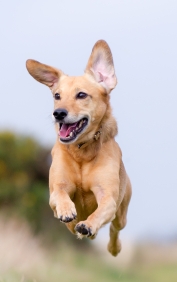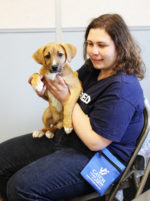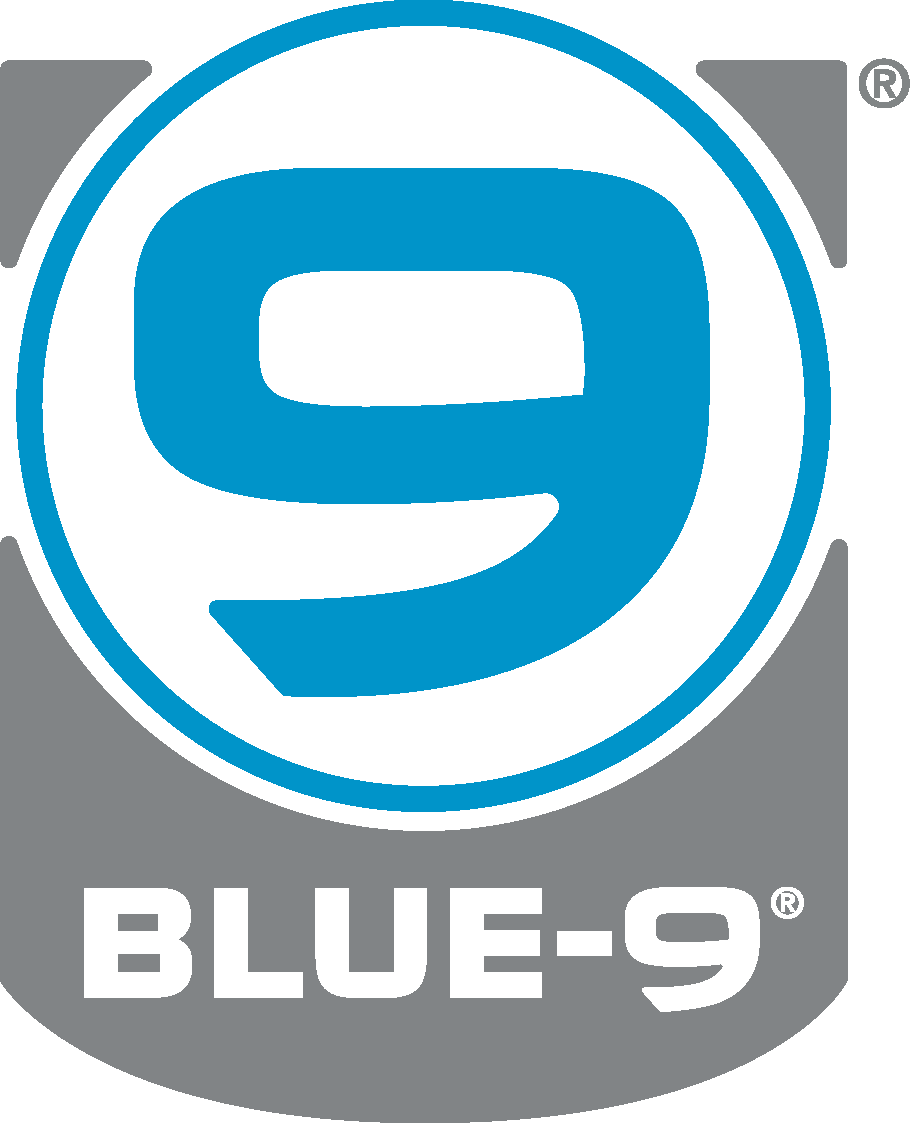The 7 Most Important Things to Teach a Young Puppy

I’m ready to learn!
In last month’s article, we covered 4 out of the 7 most important things to work on with a young puppy: socialization, separation, handling, and comfort with sharing. Today, let’s jump into the last 3: mouthing, housetraining, and bonding. These are all critical to setting a pup up for success.
No Biting & Soft Mouth
Pups must learn to control both:
- the placement of their teeth, and
- the force of their bite pressure
…or they can get themselves into a lot of trouble when they become bigger, stronger and more confident. For starters, you should have lots of toys with different textures around and encourage a pup with praise or play when she chooses to put her mouth on dog toys, rather than on your clothing or body parts. Keep toys in baskets or specific spots so your pup can easily learn which items are “for them” and which are off limits (human stuff). If remote controls and socks are placed around as randomly as dog toys – that is too confusing for a naïve pup.

This pup had just come into the shelter and definitely benefited from training and socialization time with Tracy and our group of student trainers.
End interactions abruptly when a pup directs their mouth to your skin or clothing. Never make that into a fun game where she gets continued attention. Use a displeased voice, cessation of games, and time outs if needed. If you give pups feedback in this way, you should see their bite pressure get softer and softer as they become more careful. But, it’s important to provide more outlets than reprimands. Most pups are going to try and chew on you, at least as an experiment! Give yours plenty of exercise and opportunities to chew on dog toys so she has an outlet for that active mouth. If you follow all these guidelines, mouthing will get better every week until the pup grows out of it. For more details on this, check out this article: Are You Rewarding Biting (by accident)?
Housetraining
Teaching a pup to potty outside is something every new dog owner should devote themselves to right away. The more accidents you allow, the harder it becomes to teach the desired behavior patterns, especially if mistakes happen regularly for several weeks or more. Housetraining is always the responsibility of the pup’s caretaker and never the dog being irresponsible or malicious. It is 100% up to us to set them up for success. The MOST important keys to housetraining are:
- Take a puppy to their potty spot as often as they need to go (or even more frequently to play it safe).
- Pay attention to the water and food intake and keep the puppy’s tank empty by letting her relieve it in the right place as often as you can.
- Make sure a puppy is always supervised by you and when they are not, they are confined in a safe place where they can hold it in for a little while (ex., a crate that you’ve taught them how to enjoy like their special den).
The hard part about housetraining is being consistent and dedicated with getting the puppy outside A LOT (yes, even in the middle of the night if needed at first). The easy part is that if you get the pup in the right place over and over, that is where she will prefer to go! She will want to potty where she has felt the relief before. In turn, she will also develop a natural desire to keep the house clean. Then, as she grows up she will start to hold it in herself (usually within 1-3 months depending on age) and she’ll make it clear when she wants to potty outside (by doing things like standing by the door).
For more on housetraining, a great little booklet for yourself or any client is called Way to Go by Karen B. London and Patricia McConnell.
Bonding and Trust
We all dream of having a dog that can run freely off leash and will come back when called. And most everyone wants a dog that loves to be around them and play with them, but who also listens to us and respects us like a true friend. To unlock the full potential of that dream relationship (which so many dogs are so ready to have with us), build your bond and a deep trust during early puppyhood. Here are some proven ways to do that:
-

Dave tugging with Dougie in the open field. There is a long line, but you can be bet Dougie would come back on his own for more of this play!
Play with your puppy! Fetch is a wonderful game where you become the center of attention. Get the pup excited about the toy by moving it around on the ground and then throw it just a short distance at first. Praise him for chasing and grabbing it and then entice him back to you. When he arrives with the toy, give him belly rubs and praise! Then throw it a short distance away again. Repeat and gradually increase the distance you can throw it and still get a retrieve. This game not only teaches a puppy that you are a ball-throwing deity, but that coming back to you is highly rewarding – a great concept that will help with off-leash attention and recall.
- Tug is also a great game as long as you teach it with rules. Remember what we talked about above: it is critical to teach a puppy that biting you or your clothing always ends the fun. As soon as you get mouthed, end the game for a few seconds until the pup calms. Same thing if the pup is jumping all over you to snatch the toy from your hands. End the fun for a few seconds until you see the pup sit or stand back, not jumping on you or barking at you, and then start the game again – rewarding the instant of politeness. Play is the perfect opportunity to establish the rules of your friendship: mutual respect (more on trust and respect below).
- If you’ve been working on trading/sharing objects from part 1 of this article, you can easily teach the pup to release a tug toy and the reward can be more tugging, or that you throw the toy for a retrieve (fetch). I often do this with two equal value toys like two tennis balls. The pup learns that if you drop one, you get to tug or fetch the other! In summary, play is great for bonding, but also in teaching respect for your space and the right place to direct the mouth: to toys.
- Another important way to keep your bond strong is not to confuse your pup with unclear communication. This means you do not give after the fact corrections. For example, never scold a puppy for a housetraining accident that you didn’t see happen. Never scold a puppy for a chewed-up table leg or remote control if you weren’t there to witness the chewing. Dogs don’t understand past tense language. If you scold pups after the fact, you will confuse them or scare them, or both, and you’ll make them want to tune you out. If you scold harshly, you risk instilling fear which can lead to all kinds of issues from NOT coming when called to defensive aggression in the adult dog.
- A fantastic way to build a strong bond is reward-based training. There are huge benefits of teaching a pup obedience and manners using the proven techniques of rewarding the behaviors you like with food and play. When dogs love the rewards, they love the training process and they love the person who teaches them that way. You can get great responses from a pup when they perform the behaviors you teach (ex. Sit, Stay, Come), but you also get enhanced attention and communication overall. That’s setting you up for a lifetime of enjoying each other’s company!
~
If I were raising a new puppy, these 7 items would be my top priority. If you’re interested in learning more about any of the 7 topics, there are many great books covering each one in more detail, and so does the CATCH curriculum. Most importantly, remember that investing a lot of time in a young puppy can save you tons of time and trouble down the road. Puppies are sponges ready to soak up every lesson and interaction. Have fun teaching them and get the most out of those precious early months!






 Phone:
Phone: